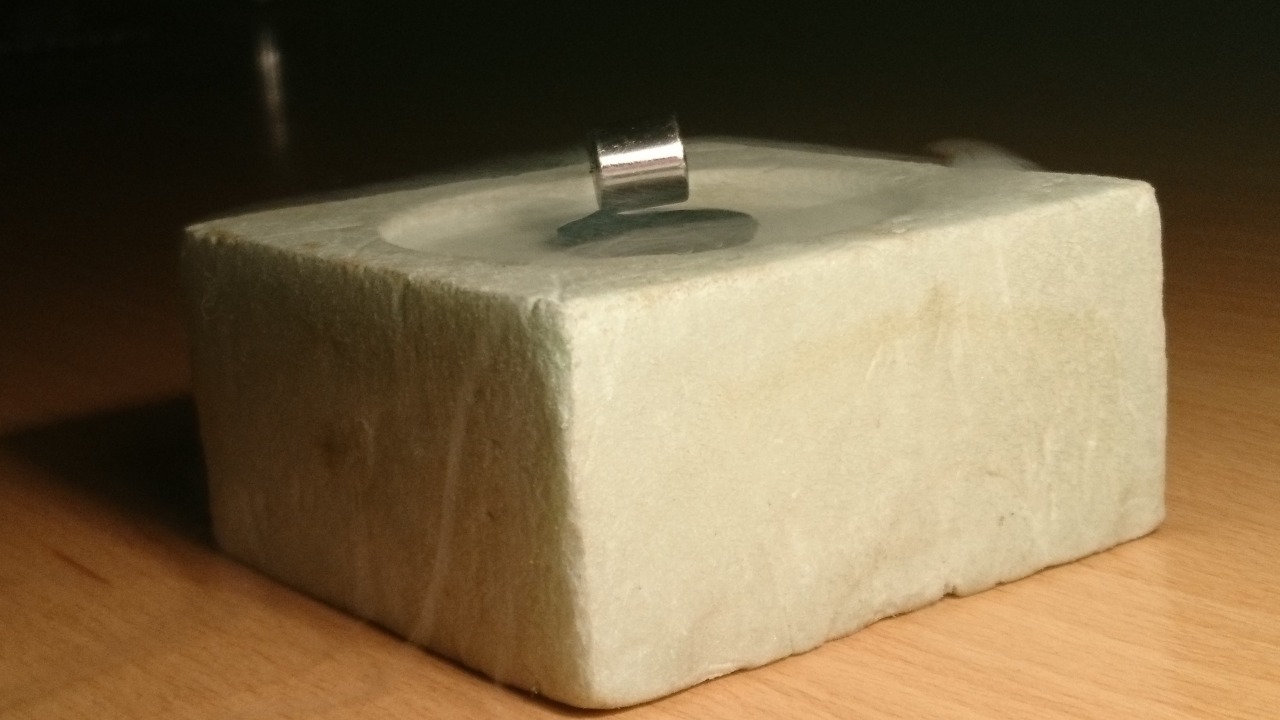
Recent advancements in the field of superconductivity suggest that the once elusive goal of room-temperature superconductors may be within our grasp. Reports from 2024 and 2025 indicate significant progress, with the introduction of groundbreaking materials that could enable superconductivity at ambient temperatures.
The Quest for Room-Temperature Superconductivity
Traditional superconductors pose a fundamental challenge: they require extremely low temperatures, near absolute zero, to function. This limitation has been a significant barrier to their widespread use. However, the prospect of achieving room-temperature operation could revolutionize energy transmission and computing. Early theoretical predictions from the 20th century suggested that room-temperature superconductivity might be possible under high pressure or with novel materials. The potential societal impacts of such a breakthrough, including lossless power grids and faster electronics, are immense.
The 2020 Claim of a Mystery Material
In October 2020, a research team announced the discovery of a mystery material that purportedly exhibited room-temperature superconductivity. This material, according to the team, operated at temperatures around 15–20°C. However, it’s crucial to note that these conditions were achieved under high pressure, not at ambient pressure as initially misreported Chemistry World. The announcement sparked excitement in the scientific community, with the New York Times covering it as the “First Room-Temperature Superconductor” New York Times.
Scrutiny and Setbacks from the 2020 Breakthrough
Following the 2020 claim, independent labs attempted to replicate the results but struggled to verify the mystery material’s superconductivity. Key issues raised included the lack of transparency about the material’s exact composition and potential artifacts in the measurement data. This episode led to heightened skepticism in the scientific community, prompting stricter peer-review standards for future superconductivity claims.
Renewed Momentum in 2024
Despite the setbacks, the quest for room-temperature superconductors regained momentum in 2024. A perspective published in May of that year suggested that ongoing material innovations, like hydride compounds under pressure, were edging us closer to viable room-temperature superconductors New Scientist. Incremental progress was made in stabilizing superconducting states at higher temperatures through alloying techniques. Additionally, computational modeling accelerated discovery by predicting structures that could achieve superconductivity without extreme conditions.
UIC’s Groundbreaking Materials in Late 2024
In November 2024, researchers from the University of Illinois at Chicago (UIC) introduced novel materials designed for room-temperature superconductivity. These materials exhibited enhanced electron pairing mechanisms that function at everyday temperatures SciTechDaily. Early testing results from UIC, including metrics on critical current densities and stability under ambient conditions, were promising.
2025 Updates and Ongoing Validation
As of October 31, 2025, assessments of whether room-temperature superconductors are finally within reach are based on cumulative evidence ScienceDaily. Verification efforts for the 2024 claims are ongoing, with international collaborations working to replicate UIC’s findings. However, hurdles remain, such as scaling production and integrating these materials into practical devices.
Path Forward for Practical Applications
If current trends hold, prototypes of room-temperature superconductors could be available within 5–10 years. The potential applications are interdisciplinary, ranging from enhancements in quantum computing to magnetic levitation transport. However, ethical and economic factors must also be considered, including equitable access to the technology once developed.
More from MorningOverview